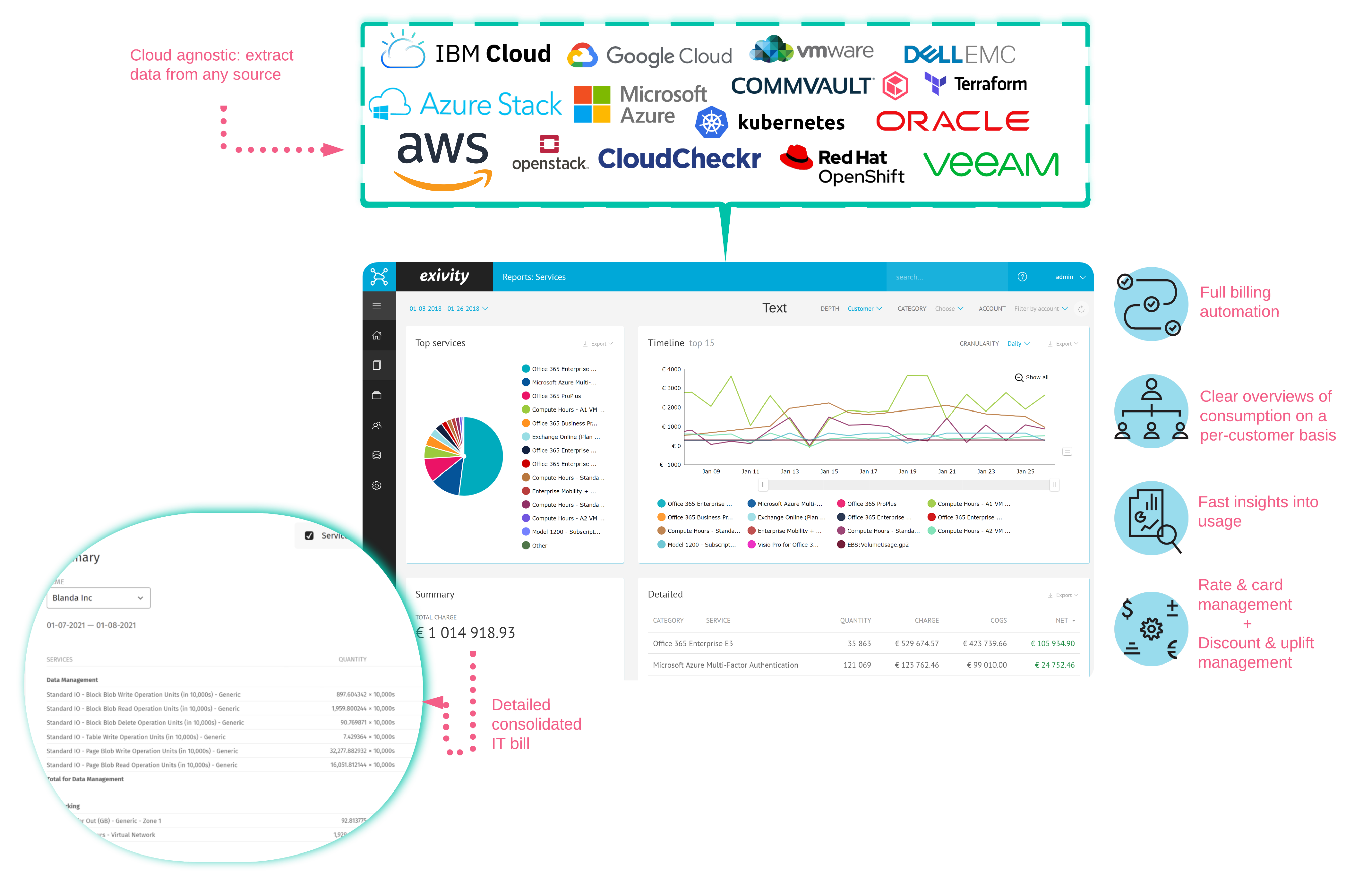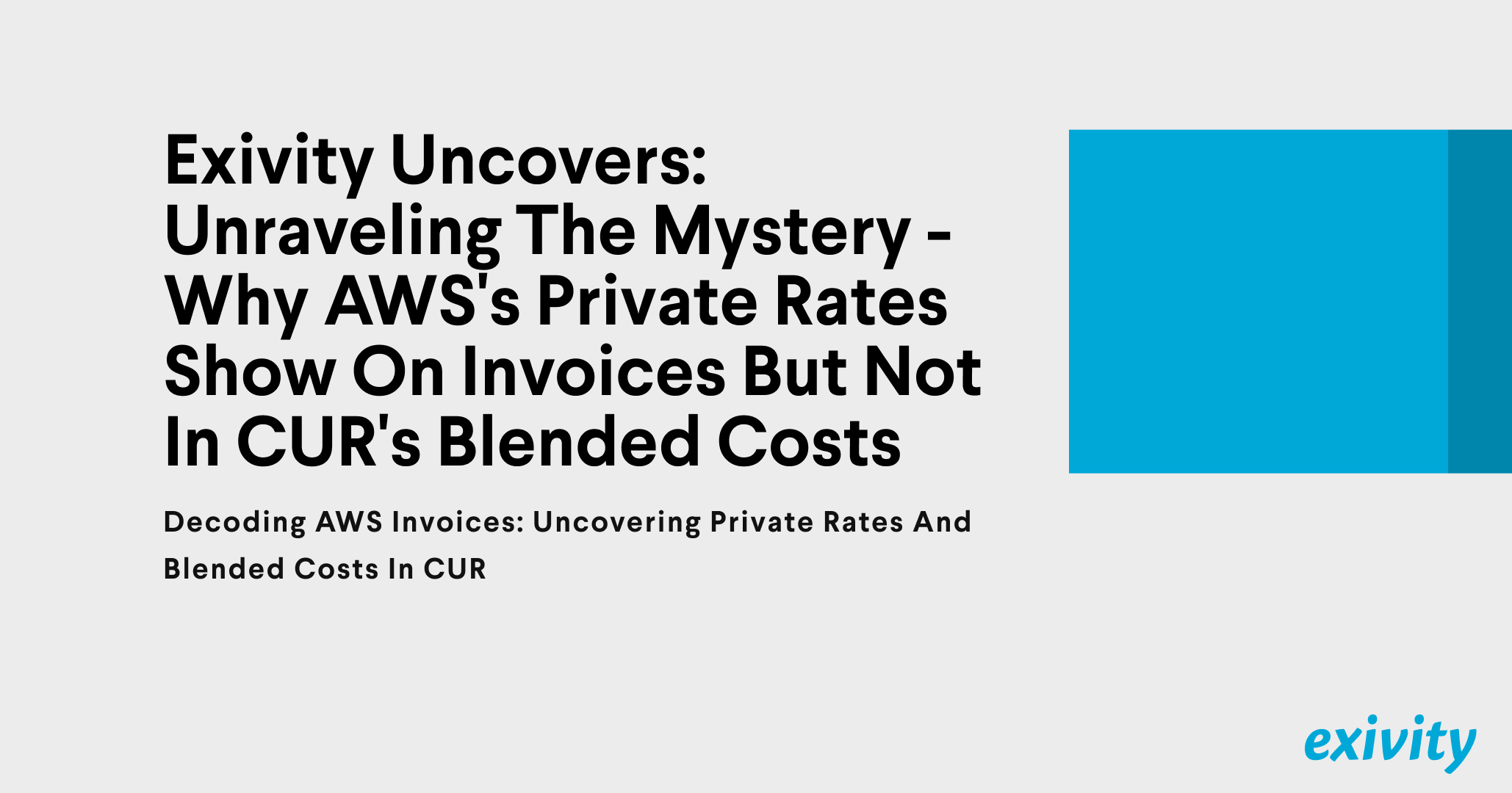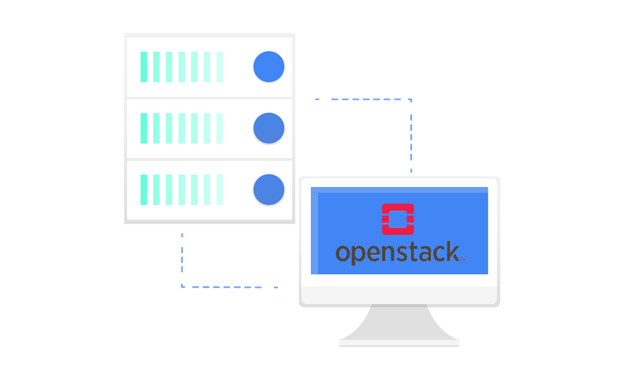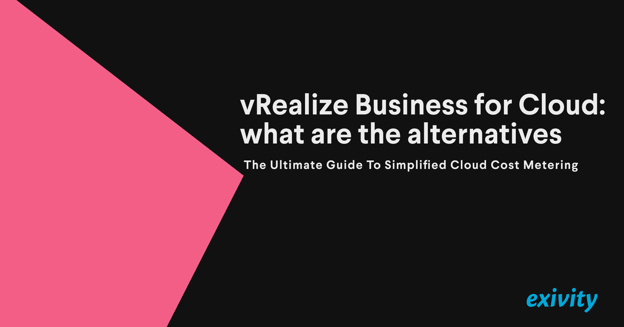How Exivity solves this problem
Exivity, a sophisticated cloud cost management tool, can play a pivotal role in addressing the challenge of private rates not appearing in the blended cost of AWS's Cost and Usage Report (CUR). By integrating seamlessly with AWS billing data, Exivity offers a granular and customizable view of all costs, including those special private rates negotiated with specific customers. Unlike the standard CUR, which averages costs across accounts and might not reflect these unique discounts, Exivity's detailed reporting features enable users to track and visualize individualized pricing agreements accurately. This enhanced visibility into actual costs ensures that organizations can monitor and manage their AWS expenditures more effectively, bridging the gap between the generalized data in CUR and the specific details reflected in AWS invoices. With Exivity, businesses gain a clearer understanding of their true cloud spending, including all private rates and discounts, thereby facilitating more informed financial decisions and budget management.

This question delves into the specifics of Amazon Web Services (AWS) billing and cost reporting, particularly focusing on the difference in the appearance of private rates in the Cost and Usage Report (CUR) versus the AWS invoice. Let's break down the elements of this query to understand the reasoning and logic behind it:
1. AWS Private Rates: AWS allows for customized pricing agreements with some customers, known as private rates. These rates are negotiated separately from the standard public pricing and can offer discounts or special terms.
2. Cost and Usage Report (CUR): The AWS Cost and Usage Report provides detailed information about the usage and associated costs of AWS services. It's designed for in-depth cost analysis and resource tracking over time.
3. Blended Cost in CUR: Blended cost metrics in AWS provide a way to understand the aggregated cost of services across multiple accounts, especially useful in consolidated billing scenarios. It averages the cost of AWS services and usage across all accounts in an organization.
4. AWS Invoice: The AWS invoice is the official billing statement provided to customers. It details the actual costs incurred for AWS services, including any private rates or specific discounts applied.
The issue at hand seems to be that the private rates, while reflected in the AWS invoice, are not appearing in the blended cost of the CUR report. There could be several reasons for this:
- Nature of Blended Costs: Blended costs are averages and may not accurately represent specific discount rates applied to individual accounts. If private rates are highly customized or unique to certain accounts, they might not be effectively captured in an averaged metric.
- Reporting Methodology: AWS CUR and invoicing systems might have different methods for processing and reporting costs. The CUR is designed more for usage analysis and might not be configured to reflect special pricing agreements in its blended cost calculations.
- Data Granularity and Timing: The CUR report might not have the same level of granularity or timely updates as the billing system that generates invoices. There might be a lag in reflecting special rates, or such rates might be categorized differently in usage reports.
- Privacy or Contractual Agreements: Sometimes, the specifics of private rates are subject to confidentiality agreements and might not be fully disclosed in publicly accessible reports like the CUR, even within the organization.
- Technical Limitations or Settings: There might be technical limitations or specific settings in the AWS billing system that prevent private rates from being reflected in the CUR's blended cost calculations.
To fully understand and resolve this issue, it would be advisable for the concerned party to directly contact AWS support or consult their account manager. AWS professionals would be able to provide specific insights into how private rates are handled in both the invoice and the CUR, and why there might be discrepancies between the two.
We solved it for customers with millions of billing lines and thousands of globally spread accounts. Let us know if you are interested to copy/paste from our expertise: Get Started



